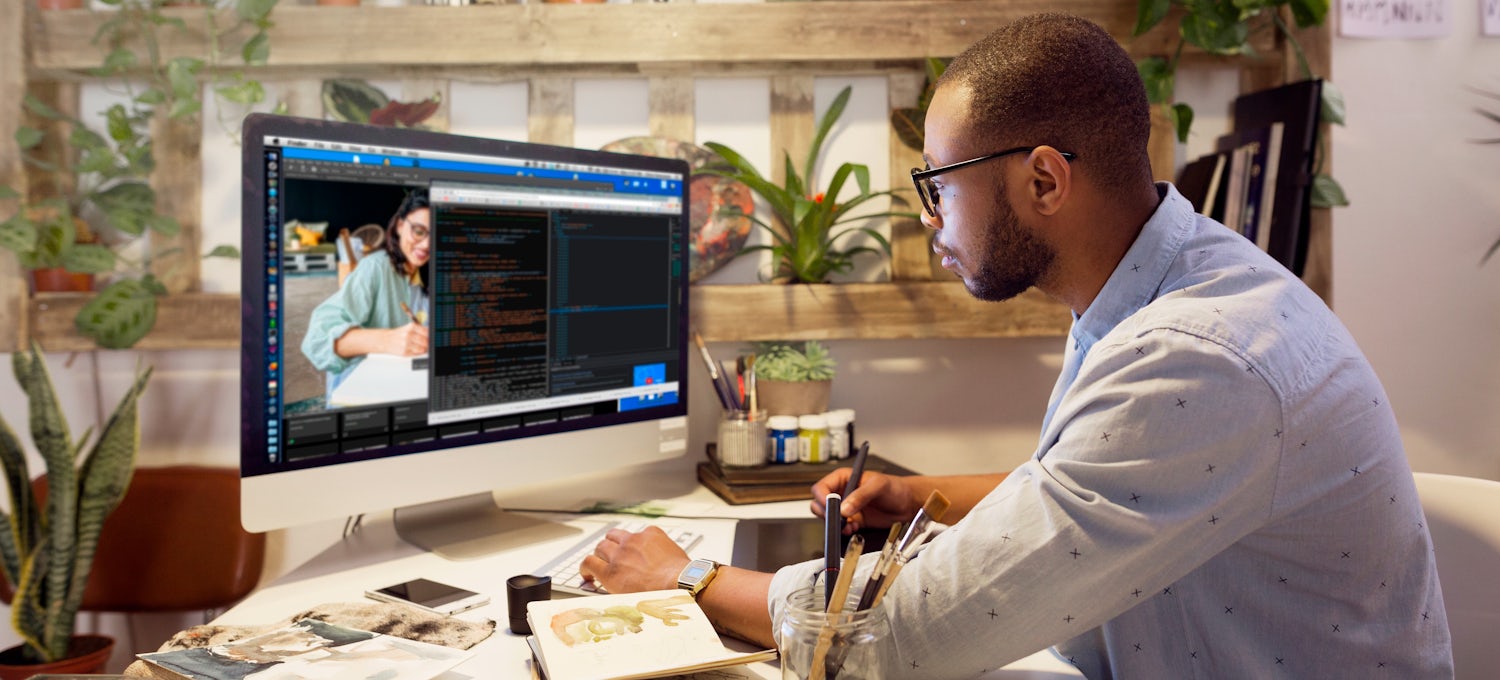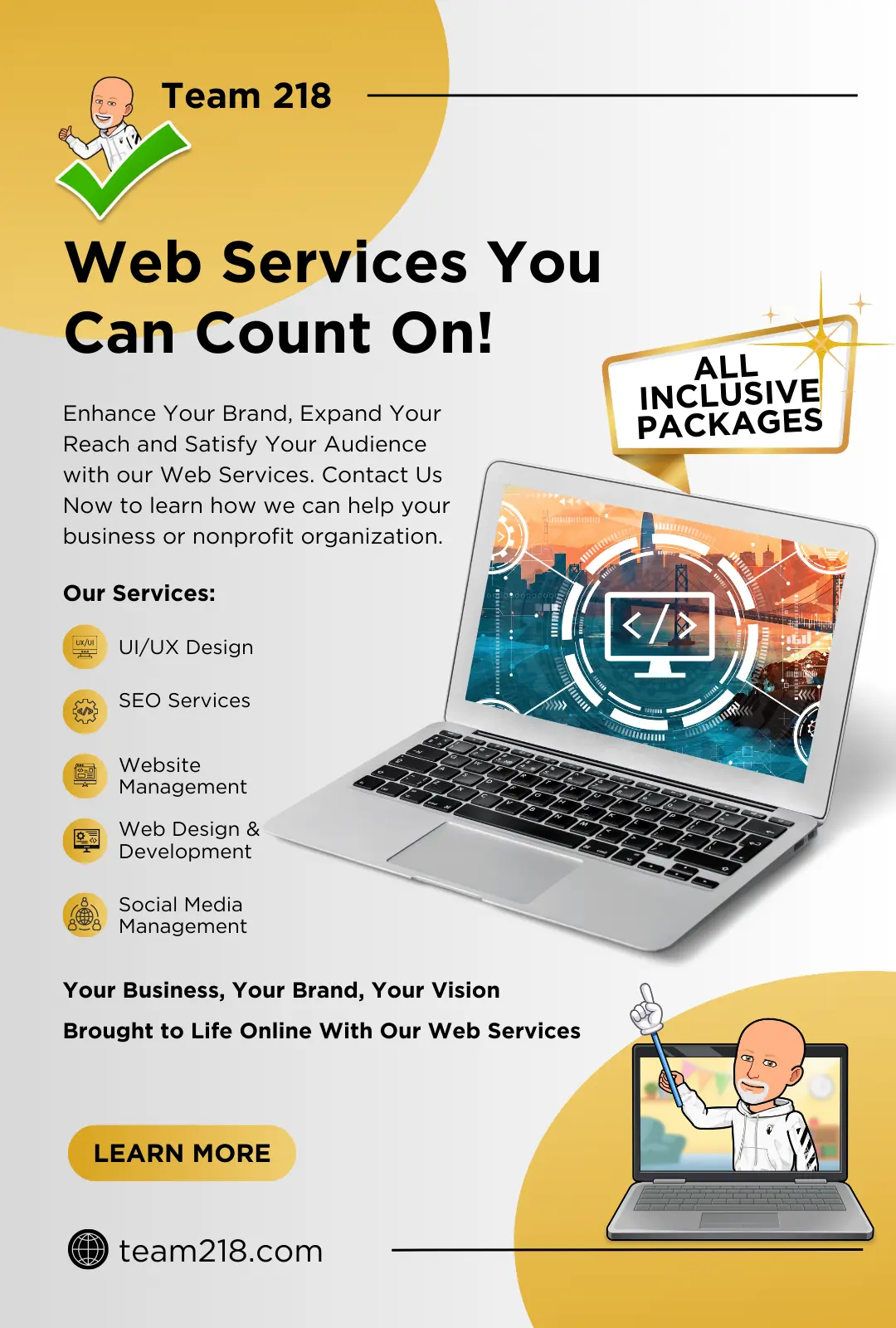The Best Overview to Creating Effective and Engaging Web Design
The Comprehensive Guide to Crafting Aesthetically Appealing and Useful Internet Style That Satisfies User Requirements
In today's digital landscape, the value of crafting web layouts that are both functional and visually enticing can not be overemphasized. By prioritizing user-centered style concepts, designers can develop experiences that not only draw in yet likewise maintain customer interest.
Comprehending User-Centered Layout
At the heart of effective internet design lies the concept of user-centered layout, a viewpoint that focuses on the demands, choices, and behaviors of customers throughout the development process. This technique entails comprehensive research to comprehend the target market, making certain that the last product reverberates with its desired customers. By incorporating user feedback at every stage, designers can produce interfaces that are not only aesthetically attractive yet intuitive and also practical.
User-centered style highlights empathy, requiring designers to enter the users' shoes and consider their perspectives. Techniques such as user identities, trip mapping, and functionality screening are utilized to identify pain factors and opportunities for enhancement. This repetitive process permits constant improvement, as developers adapt to progressing individual requirements and technological innovations.
Incorporating user-centered design brings about raised individual contentment and involvement, eventually resulting in greater conversion rates and brand commitment. It cultivates a collective environment where stakeholders, consisting of customers, designers, and designers, work with each other to accomplish a shared vision. By positioning individuals at the forefront of the layout process, organizations can create web sites that not just meet company purposes but likewise provide rewarding and significant experiences for users.
Trick Principles of Visual Style
Reliable aesthetic style acts as the foundation for developing interesting and user-friendly sites. It encompasses numerous vital concepts that guide designers in crafting aesthetically pleasing and practical user interfaces.
First, equilibrium plays a vital role in attaining visual harmony. Developers ought to disperse aspects equally throughout the layout to stay clear of frustrating customers. This can be accomplished with asymmetrical or symmetrical design techniques.

Additionally, positioning is essential for arranging details. Constant alignment of text and images promotes a tidy format, improving overall navigation and customer experience.
 Proximity also contributes to aesthetic clearness. Grouping associated things with each other aids individuals in comprehending the relationship in between various components, making the interface a lot more intuitive.
Proximity also contributes to aesthetic clearness. Grouping associated things with each other aids individuals in comprehending the relationship in between various components, making the interface a lot more intuitive.Lastly, consistency in layout aspects, such as fonts, designs, and shades, enhances brand name identification and aids individuals navigate the site a lot more effortlessly. By integrating these key concepts of visual style, web designers can develop user interfaces that are not just aesthetically appealing yet likewise useful and user-centered.

Relevance of Responsive Layout
Receptive layout is a vital element of modern-day web growth, ensuring that internet sites operate flawlessly throughout a selection of devices and display dimensions. As the internet landscape develops, the variety of devicesâEUR" varying from smartphones to tablet computers and desktop computer computersâEUR" necessitates a style strategy that fits all customers.
Applying receptive style permits an adaptable format that instantly adjusts based upon the user's screen measurements. This flexibility not only improves access however additionally enhances use, as customers can navigate and interact with the website effortlessly, despite their tool.
Furthermore, online search engine like Google prioritize mobile-friendly web sites in their ranking algorithms. A responsive design can significantly boost a website's SEO efficiency, eventually driving more website traffic and raising visibility.
Furthermore, receptive design minimizes the requirement for maintaining several versions of a web site, simplifying go now updates and material monitoring. This efficiency equates into price financial savings and a much more cohesive brand name experience throughout platforms.
Enhancing Customer Experience
User experience (UX) is a pivotal part of website design, influencing how visitors engage with an internet site and perceive its value. A well-crafted UX makes certain that customers can navigate intuitively, locate info easily, and accomplish their objectives effectively. The layout needs to consider the individual's trip, from the minute they arrive on the site to the completion of their desired action, whether that be buying, registering for an e-newsletter, or accessing details.
Secret elements that boost UX include clear navigation, receptive layouts, and interesting aesthetic content. Consistency in layout aspects such as shades, switches, and typefaces fosters knowledge, making the website really feel natural. Furthermore, enhancing load times is important; users are much less likely to stay on a website that is sluggish to respond.
Integrating availability functions guarantees that all customers, including those with handicaps, can connect with the site seamlessly. Furthermore, user-centric layout concepts must direct content company, supplying pertinent info in a rational framework. By prioritizing customer demands and choices, internet developers can produce experiences that are not only aesthetically enticing yet also useful, ultimately fostering individual complete satisfaction and loyalty
Testing and Repeating Layouts
Examining and iterating styles are essential processes that comply with the preliminary production of a site, guaranteeing that the individual experience continues to be at the forefront of any kind of modifications. These stages involve gathering individual responses, analyzing style efficiency, and making educated adjustments to improve functionality and interaction.
Efficient testing can take different types, including functionality testing, A/B testing, and individual surveys. Usability screening permits developers to observe actual individuals as they interact with the web site, identifying pain points and areas for renovation. A/B testing, on the other hand, contrasts two variations of a layout element to determine which does much better, offering measurable data to overview choices. Individual studies can offer qualitative insights, recording user sentiments and choices.
As soon as screening is completed, the model phase starts. This involves refining the design based upon the gathered data, prioritizing adjustments that line up with user needs and company goals. Continuous version promotes an adaptive layout strategy, where the site advances in response to customer habits and responses. By dedicating to extensive screening and model, click for info designers can develop a web site that not only meets visual standards but likewise supplies a pleasurable and seamless user experience.
Verdict
To conclude, efficient internet why not find out more layout demands the assimilation of user-centered concepts, vital aesthetic design aspects, and responsive frameworks to develop interesting user interfaces. By focusing on individual needs and implementing continual testing and iteration, developers can refine their creations to improve general fulfillment. The commitment to these practices not just fosters an aesthetically appealing visual yet also ensures capability throughout diverse gadgets, eventually adding to a positive individual experience and raised interaction.
By prioritizing user-centered layout concepts, designers can create experiences that not only draw in however additionally retain user passion.At the heart of reliable web layout lies the principle of user-centered layout, a viewpoint that prioritizes the needs, preferences, and habits of customers throughout the development procedure. By placing users at the forefront of the style process, organizations can create sites that not only satisfy company purposes yet additionally offer rewarding and meaningful experiences for customers.
By focusing on individual needs and preferences, web developers can develop experiences that are not just aesthetically attractive but additionally useful, inevitably cultivating user fulfillment and loyalty.
Customer studies can supply qualitative insights, catching individual sentiments and choices. (web design)